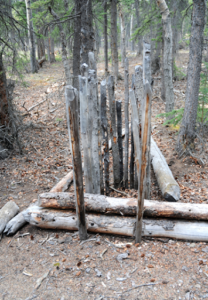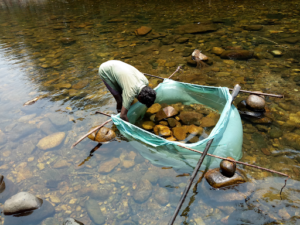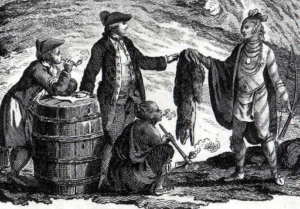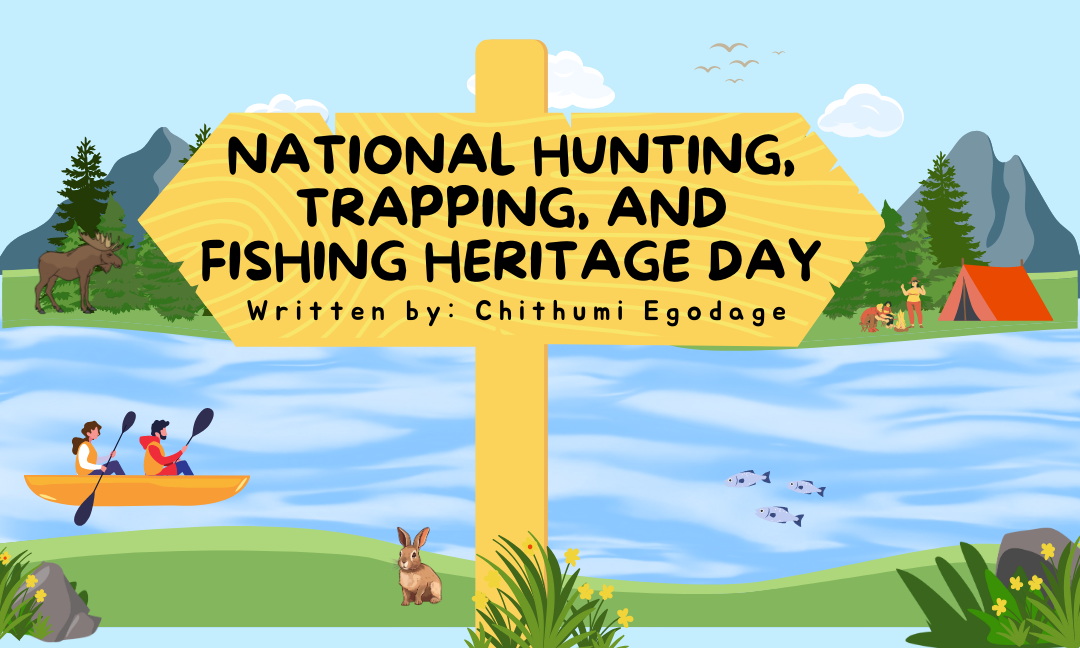Written by: Chithumi Egodage
Edited by: Dhanika Botejue
Designed by: Rayna Almas
Published by: Rayna Almas
Introduction
 Every year, on the third Saturday of each September, National Hunting, Trapping, and Fishing Heritage Day is celebrated across Canada. This day honors and celebrates the traditions and practices that began with the Indigenous peoples inhabiting Canada for millennia. This year, the celebration falls on the 21st of September. As it approaches, it’s only right to take the opportunity to reflect on how and why these ageless activities contributed to Canada’s success as a nation.
Every year, on the third Saturday of each September, National Hunting, Trapping, and Fishing Heritage Day is celebrated across Canada. This day honors and celebrates the traditions and practices that began with the Indigenous peoples inhabiting Canada for millennia. This year, the celebration falls on the 21st of September. As it approaches, it’s only right to take the opportunity to reflect on how and why these ageless activities contributed to Canada’s success as a nation.
Hunting
Long before European colonizers arrived in Canada, Indigenous peoples had developed highly efficient, complex, and genius ways to hunt, trap, and fish. Every tool, trap, and bait was handmade, hand-sculpted, and tested through trial and error. They concocted bows, spears, fishing poles, nets, and trap materials. Furthermore, hunting was always pursued with a unique creativity you don’t see often today. For example, the ‘Sinixt’ community from the Pacific Northwest would train dogs to chase groups of deer from the rocky mountain terrain to the banks of the Columbia River, where hunters waited in canoes with bows loaded and ready. Additionally, in the winters, even with the large amounts of snow, handcrafted snowshoes made of animal hides, wood, and rope allowed people to lay traps and hunt.
 Trapping
Trapping
Similarly, trapping was equally creative. Indigenous communities had created neck snares, a wire that tightened around an animal’s neck and choked it to death, triggered nets, and pitfall traps that ensured they were able to eat when conditions made it difficult to hunt. Trapping required much attention to detail, as trappers had to keep track of trap conditions, locations, animal habits and tendencies, and animal tracks/hotspots.
Fishing
These methods require even more courage and innovation when it comes to fishing. Some communities would suspend two poles across waterfalls and use fish traps and spears to catch fish. Others used the falls and attached baskets to the end of waterfalls, catching the fish that failed to clear them. Consequently, these methods could supply large amounts of fish at a time.
Economics
 As European colonizers began arriving in Canada, the main form of trading between Indigenous peoples and them was hunting, trapping, and fishing. Europeans would trade their goods for the Indigenous peoples’ animal pelts, to later sell them back in Europe, where they were in high demand due to fashion trends. This exchange, known as the fur trade, led to a significant increase in the demand for animal hides and meat. As a result, communities could now trade for materials unavailable to them in Canada. With the new materials, weapons, and textiles provided by the Europeans, Indigenous Peoples were able to greatly enhance their practices and way of living. Over time, as trading evolved and hubs were built, the hunting industry grew significantly. In 2018, Canadians spent 18.9 billion dollars on hunting, whether it was gear, bait, or traps. Today, hunting, trapping, and fishing account for over 107,000 jobs and contribute 13.2 billion dollars to Canada’s GDP revenue.
As European colonizers began arriving in Canada, the main form of trading between Indigenous peoples and them was hunting, trapping, and fishing. Europeans would trade their goods for the Indigenous peoples’ animal pelts, to later sell them back in Europe, where they were in high demand due to fashion trends. This exchange, known as the fur trade, led to a significant increase in the demand for animal hides and meat. As a result, communities could now trade for materials unavailable to them in Canada. With the new materials, weapons, and textiles provided by the Europeans, Indigenous Peoples were able to greatly enhance their practices and way of living. Over time, as trading evolved and hubs were built, the hunting industry grew significantly. In 2018, Canadians spent 18.9 billion dollars on hunting, whether it was gear, bait, or traps. Today, hunting, trapping, and fishing account for over 107,000 jobs and contribute 13.2 billion dollars to Canada’s GDP revenue.
Conclusion
With all this rich history being a vital part of Canada, it’s important to show appreciation to all the hunters, trappers, and fishers who have contributed to the cultural and economic growth of Canada throughout history. These traditions are not just about survival but also play key roles in ensuring the ecosystem is balanced and that animals can thrive within their habitats.
Finally, these practices, historically, created deep connections between the people and wildlife. The practices taught people how to respect nature and the importance of sustainability in communities. By celebrating National Hunting, Trapping, and Fishing Day, we learn to honor these ageless traditions and acknowledge the time, skill, knowledge, and dedication of those who keep them alive today. Ultimately, this day serves as a reminder of the role these activities play in preserving Canada’s heritage today.
Resources
https://www150.statcan.gc.ca/n1/pub/89-653-x/89-653-x2019001-eng.htm
https://www.thecanadianencyclopedia.ca/en/article/hunting
https://sinixtnation.org/content/fishing-traditional-fishing-methods-and-gear-0
https://www.mpm.edu/content/wirp/ICW-28

